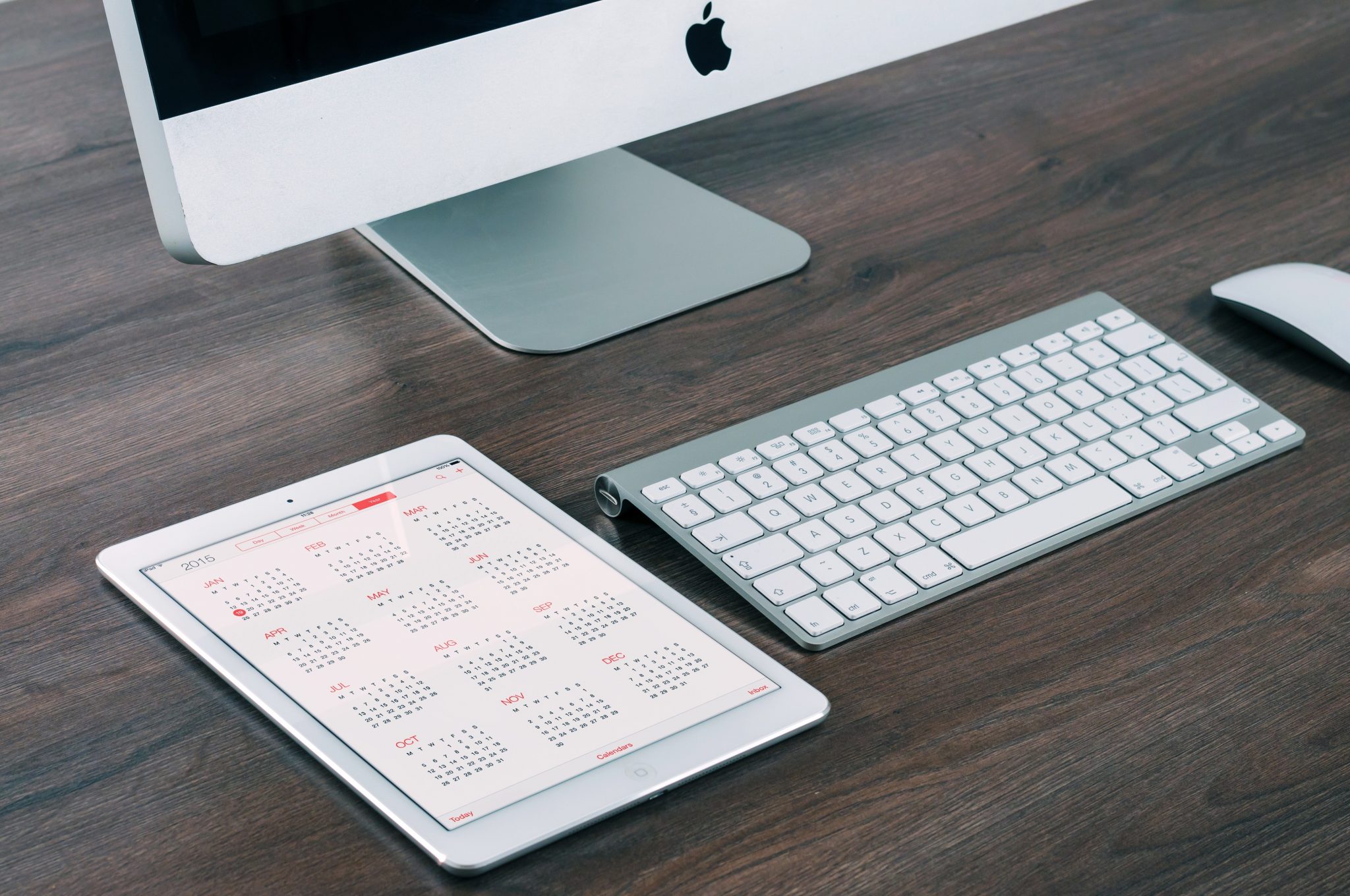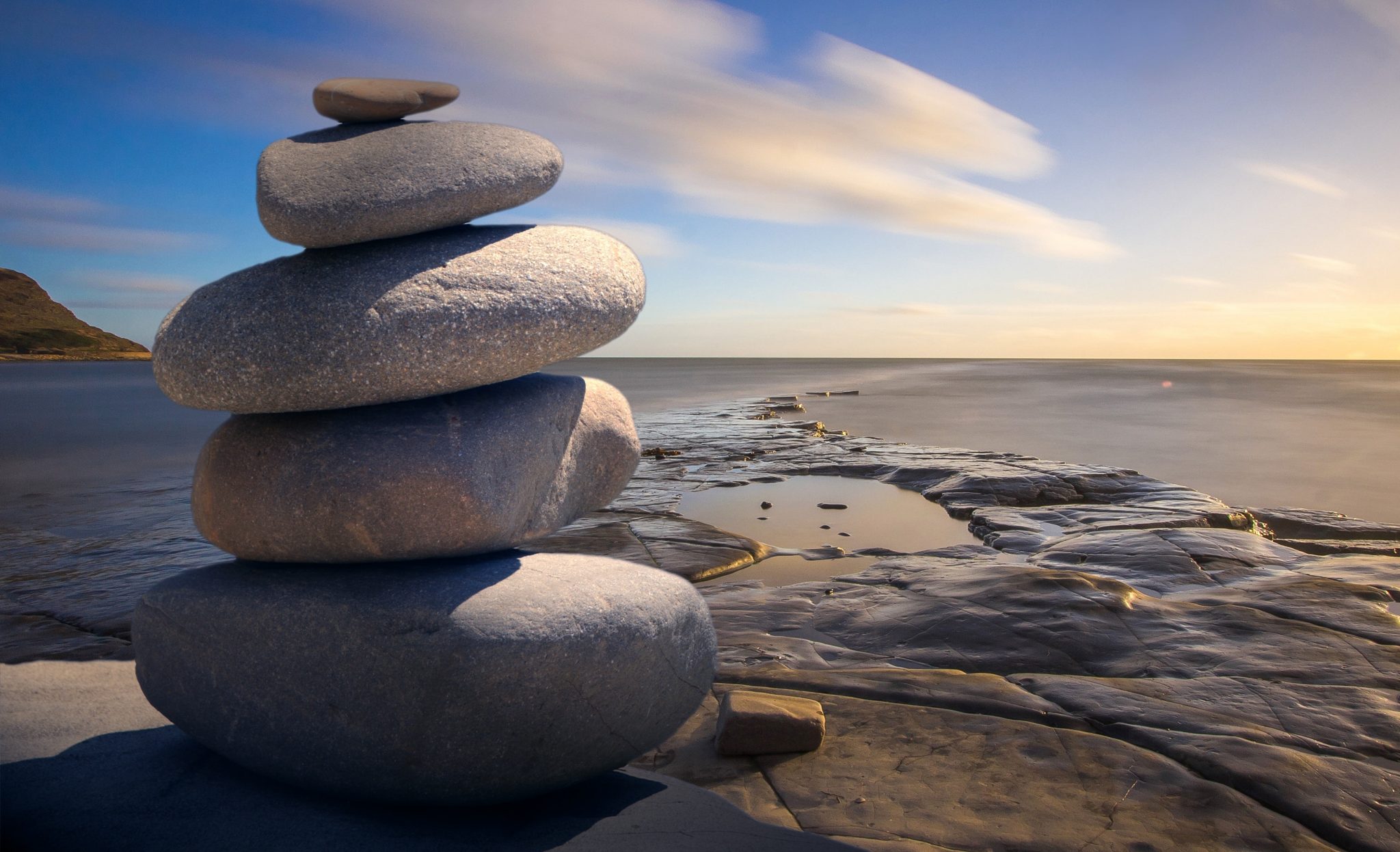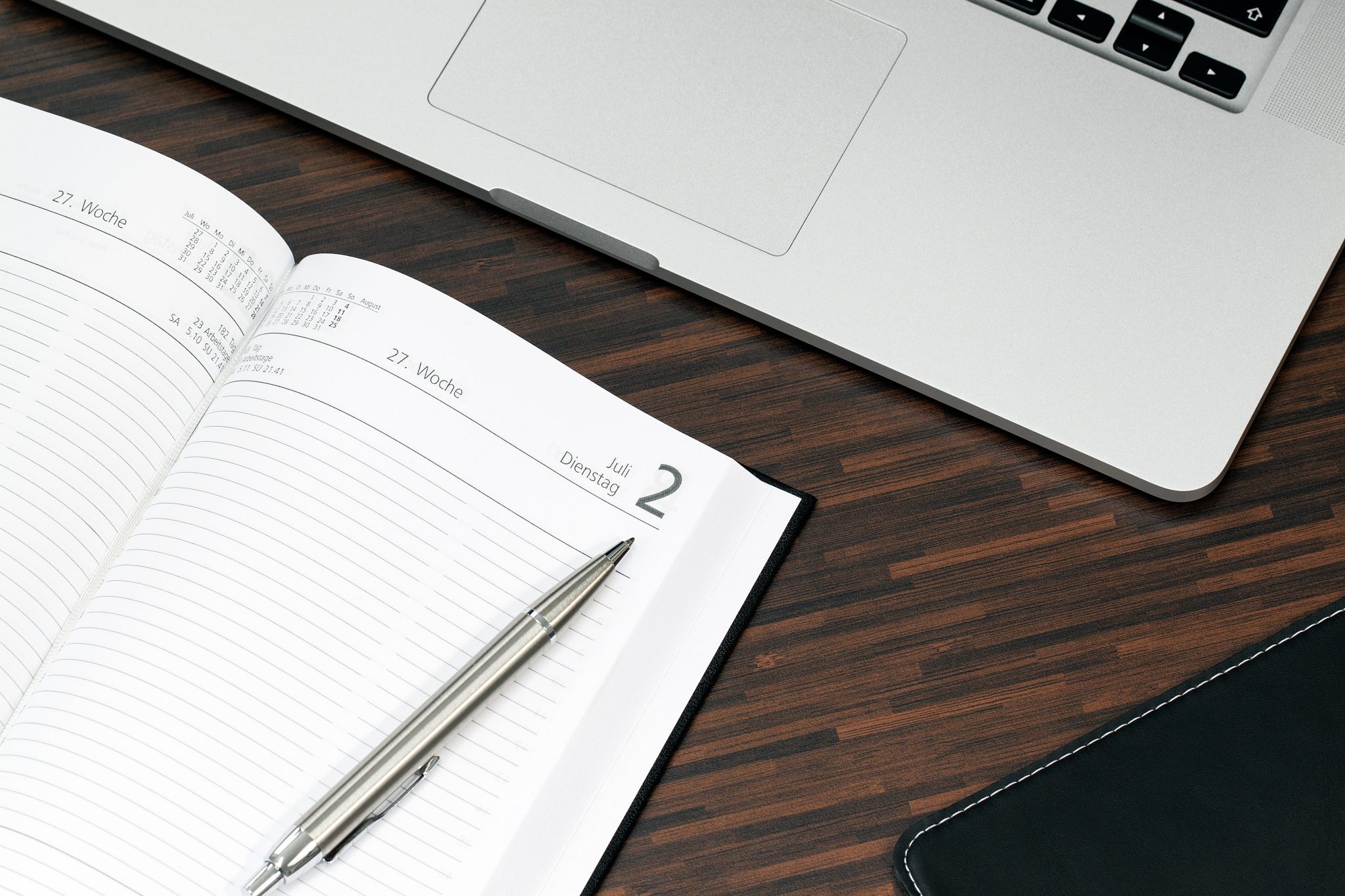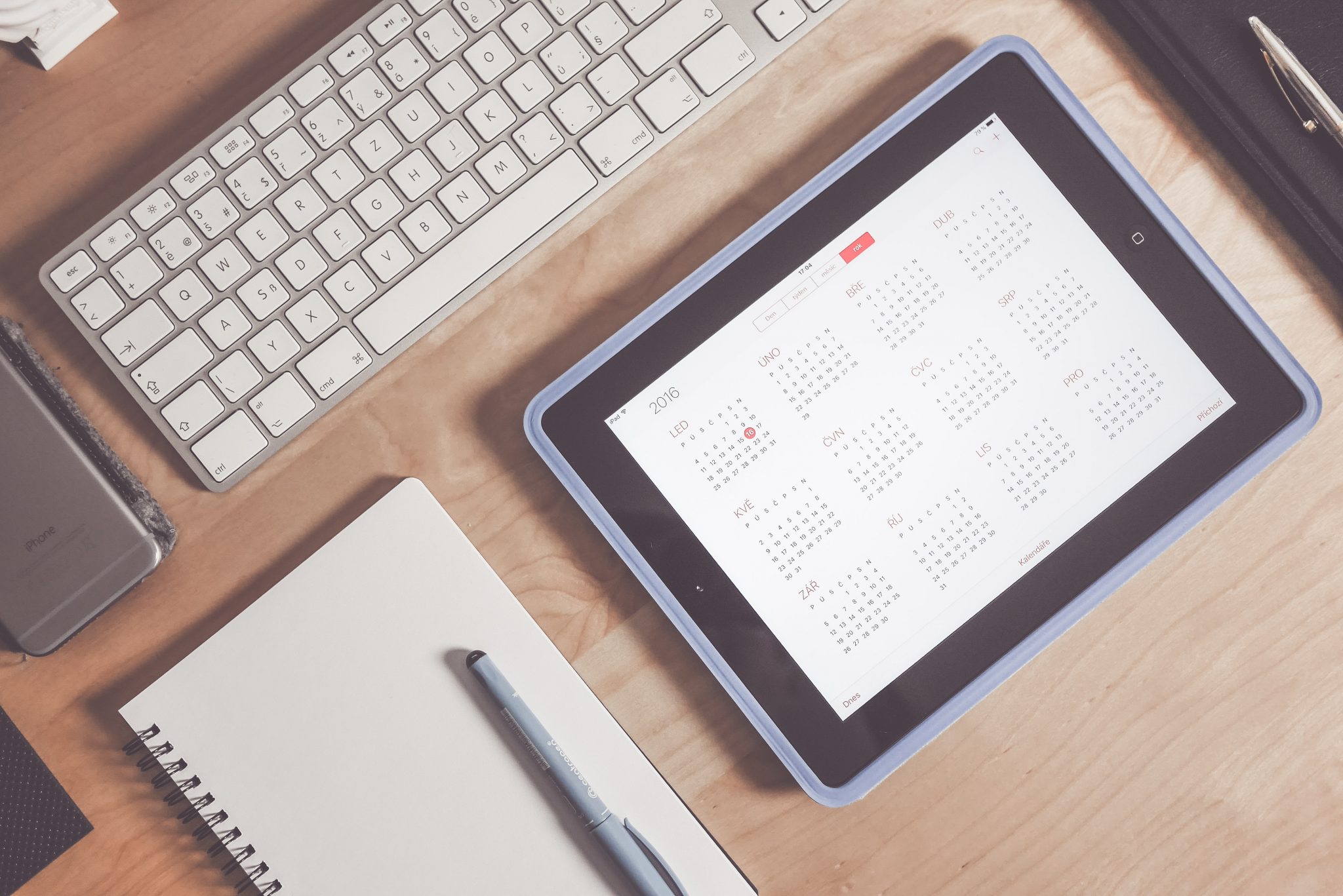“Everything good, everything magical happens between the months of June and August.” —Jenny Han. While I couldn’t agree more, not everything deserves your time and energy during these three remarkable months. But how exactly should you spend your summer then? Here are ten priorities to add to your online calendar to make this summer memorable and productive.
Priorities to add to your Online Calendar
1. The most critical task you need to complete.
According to research, 25% of employees feel less productive during June, July, and August than during the rest of the year. This can be caused by many factors, including summer distractions, excessive heat, and lack of vacations.
In addition, even if you’re still working hard, your employees, investors, vendors, and clients might be away. Or, there’s the possibility that you’ve implemented shorter summer hours. With decision-makers away or a shorter workweek, things are hard to accomplish.
So, now might be the perfect time to do less. And in my opinion, that starts with identifying only three critical tasks.
“Before filling up your entire calendar, limit yourself to just three tasks per day, suggests Calendar co-founder John Hall. “If you finish them ahead of time, then definitely begin working on something else.” Or, you could dip out early and enjoy the park.
No matter what, the goal here is not to overwhelm yourself. In addition, it is impossible to accomplish everything in a single day.
“When you’ve identified your three most important priority tasks, add them to your calendar,” he adds. “To prevent under-or-overestimating the correct amount of time, you need to block, track your time for a couple of weeks, or review past calendars.”
When these tasks are added to your online calendar priorities, they become non-negotiable. “Let’s say that you’re planning to work on your pitch deck this afternoon.” A friend texts you before lunch inviting you to see the latest Marvel movie. You would love to see it. “But, you’ve already committed to cranking out that pitch deck.” But, if you have Friday afternoon open, catch that matinee.
2. Your health.
In our busy lives, we often neglect our well-being. Yet, despite this, making your health and well-being a priority can:
- Anxiety and stress are reduced. These factors boost the immune system and prevent health problems, such as hypertension.
- Work productivity increases when you’re healthy.
- You’ll have more energy to do the things you love.
- Taking care of yourself makes it easier to help others.
- Sleep quality is improved.
- In addition to feeling better, you’ll attract more people.
- It helps you model better behavior for your children and employees.
- Feeling good mentally and physically gives you more confidence.
- You can save on health care and unhealthy habits like smoking.
- Provides new opportunities, such as meeting new people and supporting local businesses.
Thanks to the nice weather, getting in shape is easy and affordable. After all, who wants to be stuck in a sweaty gym when you could be outside? Also, being in nature can improve your mood.
In other words, the summer is an ideal time to prioritize your health. And you can do this by hiking local trails or riding your bike. You could even see if there are summer camps or sporting activities like baseball or swimming.
If you have the space, you could even plant a vegetable garden. Or, if you have a balcony, you could try growing veggies in a container.
3. Healthy relationships.
One of your main priorities in life is, without question, your relationships.
“This idea of feeling connected becomes very reinforcing to all of us. It contributes to happiness, it contributes to mental health, and it does also contribute to physical health,” said psychologist John Northman.
“It’s well known that when people feel better connected, that they feel better physically, they’re certainly less likely to feel depressed — or if they do, they’re in a better position to get out of being depressed.”
“Overall, it leads to a feeling of a greater degree of support and connection psychologically,” said Northman.
Research indicates that close friendships are more beneficial close friendships are more beneficial while family ties are essential. As our friends tend to choose us and are more comfortable around us, that shouldn’t be all that’s surprising. Further, studies show that close relationships improve our overall well-being and make us happier.
While many of us wait until the holidays to catch up with our nearest and dearest, I’m all about summertime gatherings. Is there anything better than family reunions, BBQs, road trips, or watching fireworks with friends or family.
4. Bask in the sun.
According to Harvard University scientists, cold weather actually boosts worker productivity. Why? The majority of us would rather be outside than indoors.
Researchers reached this conclusion after conducting the study for two and a half years. When it rained, workers got more accomplished. A similar conclusion was reached in other experiments.
“What we found was consistent with the field data,” says Francesca Gino, an associate professor of business administration at Harvard. “Once again, we see that people tend to be more productive on a bad weather day than on a good weather day.”
“When the sun is out, you’re sort of thinking about the many different things that you could be doing outside,” adds Gino. But, “when the weather is bad, that doesn’t even come to mind because that’s not even an option.”
But, how can we spend more time outside?
Working outside is the obvious solution. For instance, I have a folding outdoor table. For me, it’s my preferred way to get work done while being outside. However, you could set up shop in a park or schedule walking meetings.
Another idea? Start early or finish late. In the summer, when the weather is nice, I get up early and get to work. Later, I spend the day relaxing in the sunshine. Everything else I need to finish, I will do at night.
5. Fun and relaxation.
We have too little time to work round the clock or surround ourselves with negativity. Instead, take your life for what it is and enjoy it.
For starters, plan a family vacation or camping trip. Also, consider taking a day off of work. You could then spend that day relaxing at the pool or beach or just reading in your backyard. Maybe you could catch a concert or baseball game with friends.
Overall, enjoy the little things in life when you’re away from work.
Maintaining a healthy lifestyle starts with making leisure a priority. This will result in a more fulfilling life that’s more enjoyable and meaningful.
6. Team building activities.
As part of its investigation of why summer makes us lazy, the New Yorker cites a Harvard study. According to the study, viewing pictures of others enjoying activities such as eating outside or sailing caused them to lose focus at work.
“Instead of focusing on their work, they focused on what they’d rather be doing,” the New Yorker observed. “The mere thought of pleasant alternatives made people concentrate less.” What’s more, we may get a server case of FOMO. After all, you want to be stuck working when you see people on social media soaking up summer.
Sure. Reducing your time on social media is one solution. That might sound like an impossible task. However, it’s possible to build your team while enjoying summer. Here are a few ideas:
- Reward your team with a visit from an ice truck.
- Going on a field trip like an amusement park or baseball game.
- Playing games outside like volleyball.
- Volunteering for a park or beach cleanup.
What if you have a remote team? You could start a virtual book club or campfire.
7. Gain an edge at work.
As mentioned above, we all experience a summer slump. But, instead of slacking off, try to be proactive.Try to be proactive.
“It’s okay to enjoy the slower summer months,” says Ishviene Arora, co-founder, and COO at Vested, a financial services communications agency. The way to do it is to “work smarter, not harder.” If, for example, your industry slows during the summer, take advantage of your downtime to experiment with projects you may not usually be able to pursue.
“You have an opportunity to get more visibility when you go the extra mile,” agrees Addie Swartz, CEO of reacHIRE, whose mission is to enable women to return to work after a career break. As a result, more people will be out on vacation or taking long weekends during summer. “If you can help solve a crisis when others are checked out, it can make a difference,” Swartz says.
Some other suggestions would be:
- Complete projects ahead of the deadline.
- Offer to help others at work.
- Tie up any loose ends.
- Learn or enhance your skillset.
- If caught up, volunteer for a new task or responsibility.
- Attend industry events.
- Expand your professional network.
- Evaluate your future goals.
8. Be a part of the community.
We feel a sense of belonging when we are a part of an engaging community. As a result, we can become closer to each other and support the endless growth of ourselves, each other , and the environment. But, more importantly, it can provide opportunities for connection with people, goal-setting, and feeling safe and secure.
You can foster a sense of community through team-building activities or hosting cookouts. But, I’m talking about using the summer to engage with your actual community by:
- See if your city has any events scheduled. There is a wealth of information about upcoming events on city websites. Check your city’s online calendar for parades, festivals, concerts, and volunteering. Also, check online ticket sites or visit your local radio station’s site.
- Visit your city’s Chamber of Commerce website. Chamber of Commerce websites often list upcoming events in your area. The events can range from local business meetups to local plays and performances.
- Participate in local activities in your town with local groups. For people who get together for fun activities — check out meetup sites or social media groups. This summer, join one of our adventures and meet new people.
9. Summer breezes mean summer cleaning.
It may have just seemed like you did your spring cleaning. However, that doesn’t mean you get to let your guard down now. After all, with the added heat and humidity, you can expect foul odors and mold or mildew. Also, it’s common for dust to be more prevalent.
Additionally, certain chores are ideal for the hotter months of the year. Examples include washing your vehicle, the outside of windows, or pulling weeds. You could even go all out and powerwash your home or workplace.
But that’s not all. If you’re feeling the dog days of summer, you might want to engage in some cluttering. This could be your pantry, office desk, or event calendar. You could even clean out your inbox if you’re procrastinating.
10. Streamline fall planning.
“As summer ends and we inch our way back into the school year, you’ll have to plan back-to-school events for your kids,” writes Calendar’s Abby Miller.
“You can use an online calendar to schedule back-to-school shopping times for efficiency.” You can also add shopping lists for your children on the online calendar.
You’ll save significant time by planning all your children’s back-to-school activities online.
What if you don’t have kids? Even though it seems far off, you can still plan for a productive fall.
Most notably, as everyone returns from vacations, your workload will increase. So, start blocking out your online calendar priorities for upcoming work tasks. For example, if there will be a weekly team meeting on Mondays at 9 a.m., schedule that recurring event to prevent conflicts.
On top of that, there are fall priorities you should add to your online calendar. Again, this will prevent clashes while ensuring that they get done. These include cleaning out gutters, planning seasonal parties, fiscal year budgeting, or holiday content for your business. Use the tips to schedule your online calendar priorities.
Image Credit: PicJumbo.com; Pexels; Thank you!
10 Priorities to Add to Your Online Calendar This Summer was originally published on Calendar by Deanna Ritchie










